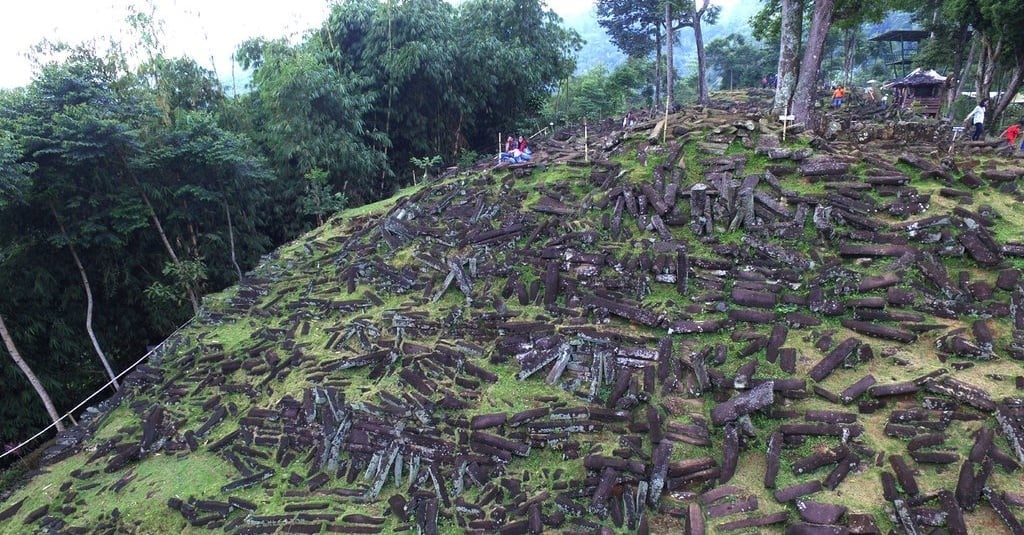 |
| Gunung Padang hill, considered the oldest pyramid in the world. (Source: phys.org) |
In a paper published in the journal Archaeological Perspectives , the team describes their years-long study of the cultural heritage site.
Gunung Padang sits atop an extinct volcano in West Java, Indonesia and is considered a sacred site by locals.
In 1998, it was designated a cultural heritage site. Over the years, there has been dissent over the nature of the hill. Some believe it is a natural hill, with humans adding decorative structures on top, while others argue that there is evidence that the hill is entirely or mainly man-made.
The team has been conducting a long-term scientific study of the hill for many years. They have studied the structure using seismic tomography and ground-penetrating radar. They have drilled into the hill and collected rock samples, then used radiocarbon dating to find out the age of the layers that make up the hill.
By studying all the data, the team found what they describe as evidence that Gunung Padang was mainly created by human hands. They also discovered that the structure was built in stages, thousands of years apart. The older parts of the structure were created between 25,000 and 14,000 years ago, making it the oldest known pyramid in the world today.
Researchers have also found evidence that the pyramid's structure was improved over time. The first was carved lava, where the ancients carved designs into the top of a small extinct volcano. Then, thousands of years later, between 7900 and 6100 BC, others added a layer of bricks and stone columns. Then, between 2000 and 1100 BC, a layer of earth was added to the surface, along with stone steps and other structures.
Seismic surveys have revealed numerous hidden chambers and niches inside the site, some as long as 15 meters with ceilings as high as 10 meters. The team is planning further excavations and will use video cameras to uncover the mysteries within these chambers.
Source














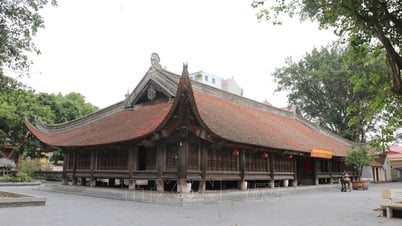



























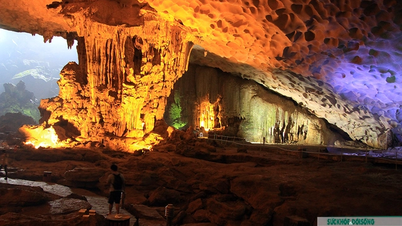

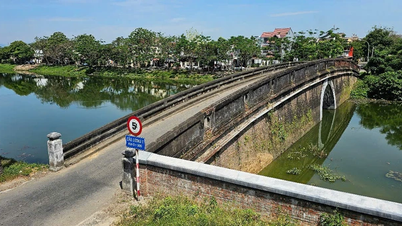




































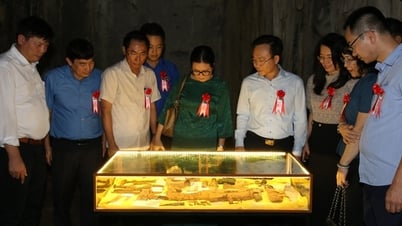
















![[OCOP REVIEW] Bay Quyen sticky rice cake: A hometown specialty that has reached new heights thanks to its brand reputation](https://vphoto.vietnam.vn/thumb/402x226/vietnam/resource/IMAGE/2025/7/3/1a7e35c028bf46199ee1ec6b3ba0069e)











Comment (0)